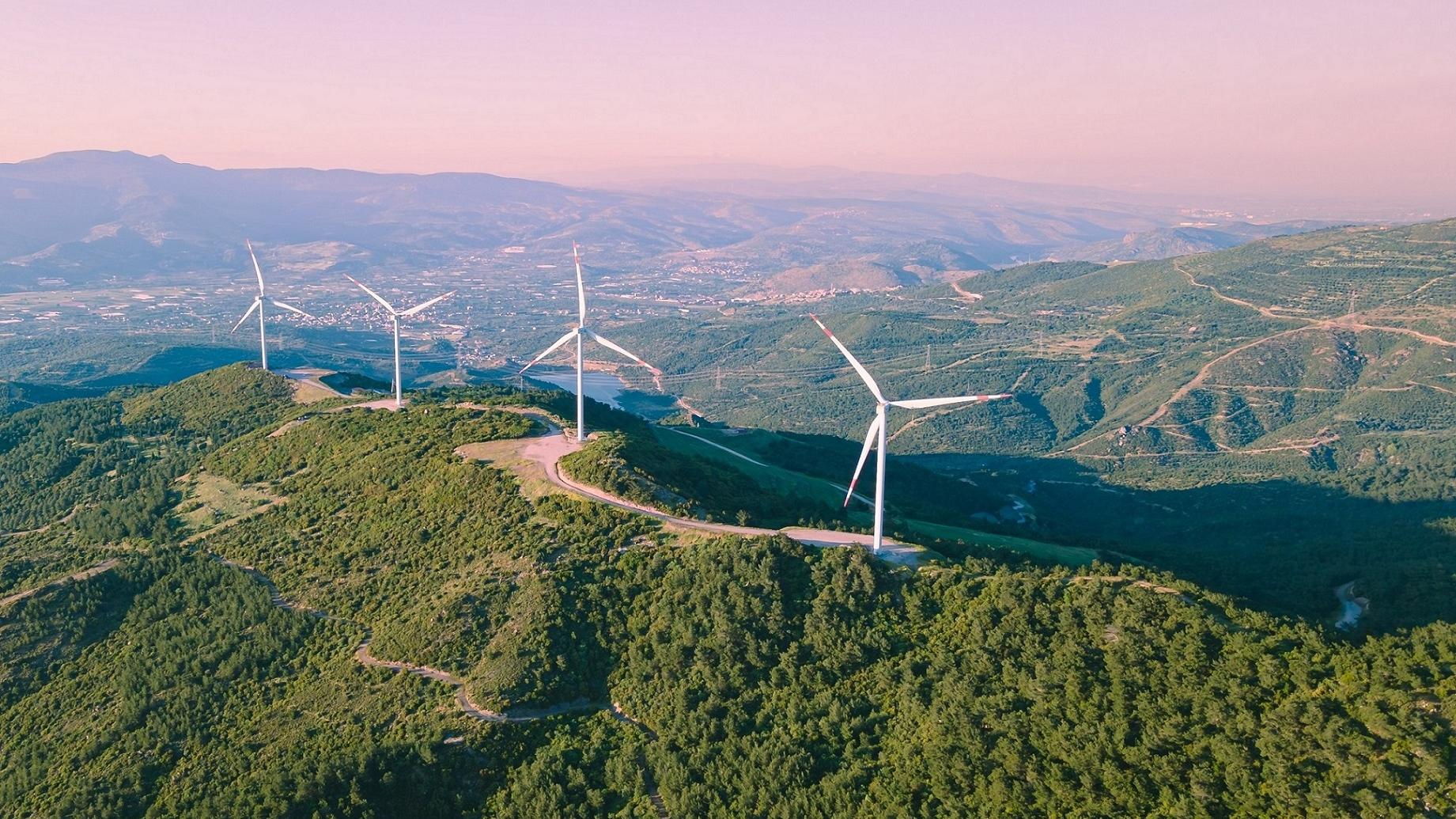According to research from the International Monetary Fund, the benefits of global decarbonisation would amount to US$85 trillion in net value. Carbon emissions represent a massive cost not just to the environment, but to the economy as well, and the data is clear that the potential gains associated with reducing emissions are enormous.
Yet, decarbonisation efforts worldwide remain woefully inadequate. Data from the Intergovernmental Panel on Climate Change found that annual greenhouse gas emissions averaged 56 gigatons in the 2010s, and a report from McKinsey estimated that fully replacing coal with renewables would require a fivefold increase in the number of wind turbines and eight times more solar panels than are currently being installed per year.
So, if the opportunity of decarbonisation is so great, why haven’t we done it yet? In this article, I explore three key challenges hindering decarbonisation, as well as offer research-backed recommendations to help business leaders and policymakers overcome those challenges and make decarbonisation a reality.
The costs and benefits of decarbonisation are misaligned
The first substantial hurdle to decarbonisation is that the stakeholders who stand to benefit from it the most are often not the same as those who must pay the price. Many carbon emitters profit in the near term, while local communities suffer the long-term costs. Moreover, on a macro level, the regions responsible for the majority of historical emissions are not currently top polluters: The United States and Europe have cumulatively contributed by far the most carbon since the Industrial Revolution, but today, China is the greatest emitter. These trends grow even starker when differences in population size are considered, as despite China’s substantial carbon footprint, its per capita emissions are dramatically lower than those of Europe and the US (for more details, see our analysis of World Bank data in our recently published book chapter, “Green Technology Choice for Deep Decarbonization”.
As a result of these nuances and misalignments, it can be challenging to determine who should be held accountable for the costs of carbon emissions. Should current top emitters be responsible, or should those who have emitted the most over time foot the bill? Should the communities who stand to benefit the most from decarbonisation have to pay for it, when they weren’t the ones who caused or profited from the emissions?
These questions are complicated, but there are two approaches that can help policymakers navigate them equitably and effectively. First, it’s important to balance geographical and intergenerational considerations. Of course, we must hold current polluters accountable, but real progress will require the joint support of everyone who has benefited from carbon emissions, both in the past and in the present.
Second, regulators can intentionally push organisations and individuals to internalise the externalities of carbon through policies such as environmental taxes, cap and trade systems and rebates and subsidies. For example, the US government provides a tax rebate of up to US$7,500 to buyers of certain electric vehicles (EVs), incentivising drivers to choose EVs and auto manufacturers to invest in EV development. Similarly, research has shown that when implemented correctly, taxing firms for pollution can effectively incentivise them to invest in energy-efficient technology. Policies like these can help realign the costs and benefits of decarbonisation, ultimately driving people and organisations to make greener decisions.
Renewable energy requires new infrastructure
A recent McKinsey report found that more than 85 percent of the changes necessary to reach net-zero emissions by 2050 could be achieved with technologies that already exist. More than half of these technologies have already been adopted in real-world environments, at varying levels of maturity. However, leveraging these green technologies requires investment not just in the tech itself, but in the infrastructure necessary to use and scale it. For example, for EVs to have a meaningful impact on emissions, it is essential to invest in a reliable network of charging stations, alongside standards to ensure their safety and compatibility.
Similarly, as solar energy becomes more widespread, electric grid infrastructure will need to adapt, supporting not just energy distribution from centralised power plants out to power users, but from a network of small, individual solar energy generators back into the grid as well. And of course, efficiently utilising intermittent energy sources like solar and wind also requires new forms of energy storage to ensure that power is available when needed.
To address these challenges, governments can start by providing seed funding and other forms of support to private-sector efforts in these areas. For example, many governments offer grants, loans and equity investments for start-ups focused on clean energy. Government bodies can also provide resources such as subsidised offices or lab space or create programmes to reduce regulatory hurdles for green tech companies.
Alongside these forms of direct support, regulators should work to develop new standards and harmonise inconsistent existing standards. From defining capacity requirements for EV charging stations to developing consumer protections for carbon-conscious buyers, well-thought-out regulation can serve as a vital foundation for private firms to build on.
Green tech moves fast
Finally, even with the best of intentions, many government efforts struggle to keep up with rapidly evolving technology. There are a few compounding issues at play: On the one hand, when attempting to regulate complex technologies that they may not understand themselves, regulators are liable to mistake greenwashing for genuine progress. In many cases, limited accountability and transparency make it hard to tell the difference between meaningful change and marketing fluff.
At the same time, a lack of visibility into the environmental, social and governance (ESG) efforts of upstream suppliers can mean that seemingly green products may still rely on carbon-heavy supply chains. This can pose challenges both to buyers looking to avoid supporting carbon emitters, and to regulators looking to impose sanctions or offer incentives based on a company’s true carbon footprint.
Here, again, there are two key strategies that can help policymakers stay relevant and effective in this dynamic landscape: First, regulators and organisations alike should invest in improving their accounting and auditing processes to ensure these frameworks account for real impact across entire supply chains. That means boosting visibility into emissions at every stage of manufacturing and development, as well as ensuring that government incentives are awarded based on actual impact (not hype).
Second, it is critical that regulators proactively stay up to date on the latest ESG research. This means both independently investing in their own ongoing education and potentially developing public-private partnerships that can help policymakers keep up with new developments as they unfold.
For example, in a recent interview, the director general of Kenya’s Public-Private Partnership Directorate Christopher Kirigua highlighted the impact that knowledge sharing through such partnerships can have in supporting the development of green technologies, arguing: “Governments need to be more willing to draw on the knowledge and expertise of external advisors – consultants, engineers, financial institutions, environmental companies and developers, for example – to augment their capabilities and to ensure projects are fit for purpose and attractive to the private sector.” Partnerships with private organisations can help governments stay aligned with businesses and other stakeholders, empowering them to allocate resources as efficiently (and impactfully) as possible.
Of course, we can’t completely eliminate these challenges. Moreover, the energy landscape will continue to evolve, no doubt creating new hurdles and opportunities. But by internalising externalities, investing in vital infrastructure and boosting visibility around these issues, global leaders will be set up to make meaningful, lasting progress toward true decarbonisation.
“INSEAD, a contraction of “Institut Européen d’Administration des Affaires” is a non-profit graduate-only business school that maintains campuses in Europe, Asia, the Middle East, and North America.”
Please visit the firm link to site





